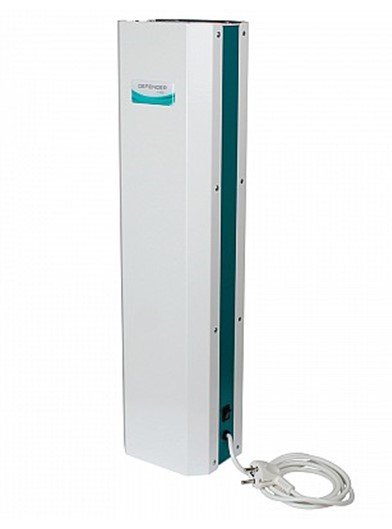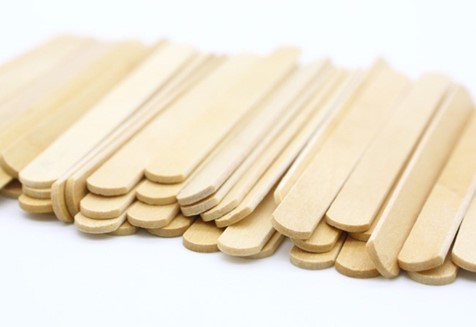Overview of the feed market for farm animals

The cost of compound feed in RUSSIA over the past five years has increased by 60%, and the volume of their production - by 20%. In 2022-2023, the import of components for the production of feed continues to increase. The pace of production is directly related to the development of animal husbandry, especially the segments of poultry and pork.
BASIC AND NICHE PRODUCTS
In 2022, a record volume of feed for farm animals was produced in Russia — more than 40 million tons, which was 8% more than in 2021, while in previous years the figure increased by 2–3%. Over 80% of this amount falls on compound feed. Their output increased by 7% last year, to 34 million tons, and over the past five years, by almost 20%. The main volume, that is, about 90%, falls on products for poultry and pigs. Among other types, it is worth noting compound feed for horses, sheep and fish, the growth of production of which amounted to 42% over the year. Thus, the output of these products for fish has increased by almost nine times in five years, and in 2022 our country produced more than 35 thousand tons, while the majority, that is, about 26 thousand tons, is provided by enterprises of the Central Federal District.
The production of premixes in Russia increased by 4% in 2022, to 520 thousand tons, and by 10% over five years. In contrast to animal feed, a significant part of the premix market is occupied by products for cattle due to the peculiarities of feeding - 37%. The share of similar products for poultry also accounts for 37%, for pigs - 20%.
PRICE SWING
Last year, there were serious disruptions in logistics, often there were not enough containers for cargo transportation, deliveries were disrupted. Of course, this situation caused price spikes. However, participants in the Russian feed market quickly reacted to the changes taking place: they negotiated with new suppliers, purchased raw materials in large volumes and formed stocks. For this reason, they were able to negotiate prices and even lower them.
In the first half of 2022, prices for feed and its components went up sharply, but by the end of the year they stabilized and increased by an average of 9% at the end of the year. At the same time, over the past five years, the cost of these products has increased by 60%. In January-February 2023, as the agency’s monitoring shows, the average selling prices for mixed feed decreased by 16% compared to the same period last year, to 21 rubles/kg.
At the end of 2022, premix producer prices reached RUB 170/kg, which was 6% higher than the 2021 average. Over five years, prices for these products have increased by 32%. At the same time, its cost for January-February of this year reached 158 rubles / kg, which was 17% lower than last year's figure.
REPLACE THE DEFICIENCY
The volume of imports of feed additives in 2022 increased by 16% compared to the same period of the previous year and amounted to 175.4 thousand tons, including 139.7 thousand tons of amino acids and 35.7 thousand tons of vitamins. Chinese manufacturers were able to replace the missing volumes of products, the shortage of which was felt after the departure of Western companies. Imports of components from CHINA increased by 43%, while those from Europe fell by 54%. As a result, China's share increased from 70% a year earlier to 86%.
In the segment of feed amino acids, there was a decrease in the supply of methionine - by 27%, tryptophan - by 35%. In turn, the purchase of lysine sulfate 70% increased by 180%, lysine monohydrochloride - 27%, valine - 58%, betaine - by 43%. The import of vitamin B2 decreased by 31%, B9 and B12 - by 19%, biotin 2% - by 28%. Imports of vitamins K3 and A500 for the year increased three times, choline chloride 60% - by 26%. At the same time, in 2022, prices in Russia increased for all types of feed additives, except for vitamins A1000 and D3, for which the cost decreased by 10 and 6%, respectively. Betaine has risen in price most of all - twice, vitamins K3 and B5 - about three times.
MAIN SUPPLIER
The first two months of 2023 saw mixed pace of ingredient shipments. For example, the volume of imports of lysine monohydrochloride fell by 28% compared to the same period last year, methionine - 74%, valine - 64%, betaine - by 40%. Imports of threonine increased by 13%, and arginine - by nine times. At the same time, selling prices in Russia for most feed amino acids have decreased this year. Thus, the cost of methionine decreased by 10%, lysine monochloride - by 30%, lysine sulfate - by 54%.
The total import of feed vitamins in January-February 2023 amounted to 3.3 thousand tons, which was 11% lower than in the same period in 2022. Prices for them also mostly declined against the backdrop of remaining stocks and falling demand. For example, the supply of vitamin A1000 decreased by 48%, D3 - by 44%, E 50% - by 11%. At the same time, the import of vitamin B5 increased by 44%, B9 and B6 - three times, B12 - 2.3 times.
It should be noted that in animal husbandry our country is trying to increase the list of recipients of Russian exports - MEAT, MILK, semi-finished products and others, which will allow our producers to quickly change the ways of exporting products in case of force majeure. However, in the feed industry, reliance on imported additives has eventually led to almost total Chinese dominance. Now this state is the main, and often the only supplier of such products to Russia. How critical this situation is, what long-term consequences await the Russian Federation, 2023 will show. However, it is already becoming obvious that, in addition to import diversification, it is necessary to seriously think about import substitution in this direction.




























































